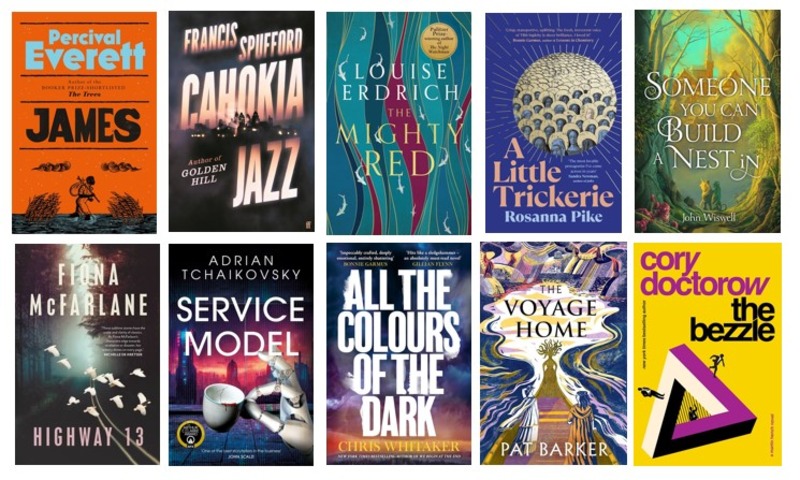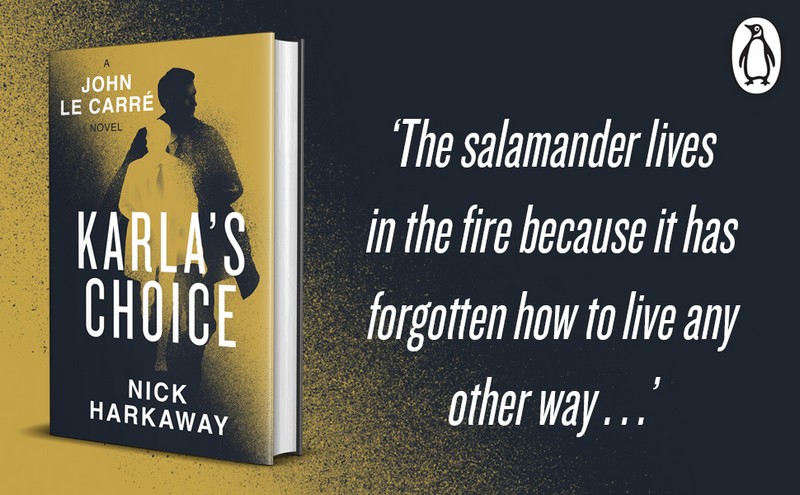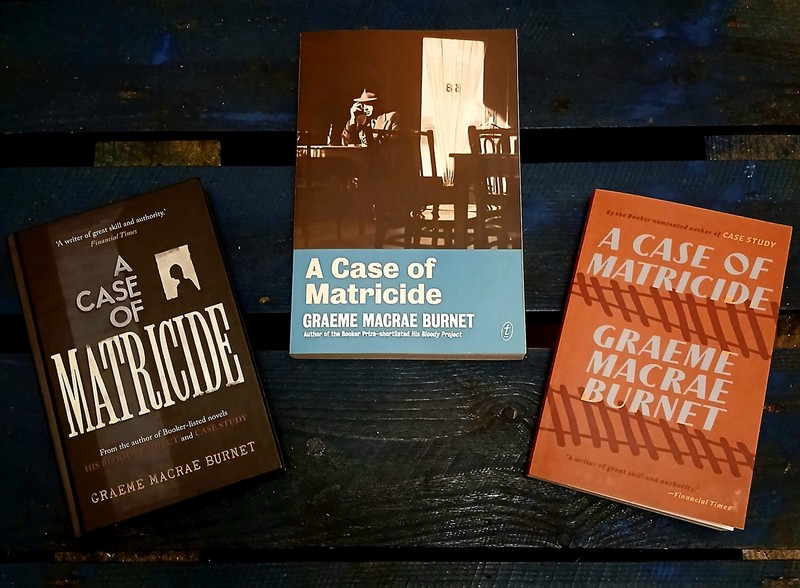 The rush to write apocalyptic narratives doesn’t seem to be slowing. Inga Simpson channels her experiences in the recent Australian bushfires and a dash of pandemic and wraps them up into something worse in her latest book The Last Woman in the World. Just the title is enough of a tip off that things are not going to go well for humanity as a whole.
The rush to write apocalyptic narratives doesn’t seem to be slowing. Inga Simpson channels her experiences in the recent Australian bushfires and a dash of pandemic and wraps them up into something worse in her latest book The Last Woman in the World. Just the title is enough of a tip off that things are not going to go well for humanity as a whole.
Rachel lives on her own on a bend in the river outside a coastal town in southern New South Wales. She only ever has one visitor who brings her supplies. From time to time Rachel will hike up to her sister’s town in the mountains but she otherwise lives a solitary existence, blowing glass for sale and living on the proceeds. This life is smashed apart when a young woman with a baby knocks on her door. They have come by the river, escaping the local town where everyone else has been killed by a mysterious force that has apparently spread around the globe. The baby, Isiah, is sick and Hannah, his mother, is scared to go back into town. With the baby’s conditioning worsening Rachel overcomes her reluctance to help and the two set off up the river to find Rachel’s sister, beginning a roadtrip odyssey.
As with many narratives of this type, the trip takes them deeper into the realm of ‘civilisation’ – from Rachel’s house up to the small (and real) town of Nimmitabel and then on to a desolate but at least more populated Canberra. At every stop, the post-apocalyptic tropes abound – from necessary looting, to self-surgery, to a conflict between an armed militia and the remnants of the military each trying to take control of society. And around all this the hope of a potential “cure” or at least protective MacGuffin, coincidentally developed by Rachel’s sister. And in the middle of it all is Rachel, learning to become more “human” through her growing relationship with both Hannah and Isiah.
There have been plenty of literary apocalypses, but The Last Woman in the World is possible one of the most vague of recent times. Antecedents for the approach that this book takes can clearly be found in Bird Box or A Quiet Place but also properties like The Walking Dead or Y: The Last Man. The threat in The Last Woman in the World literally never comes into focus – it is always a vague shadowy outline that at some point “gets stronger” and therefore more visible – and that feeds on fear. The theory that is put forward for Hannah’s survival is that new mothers are more immune due to higher levels of oxytocin in their systems but nothing solid is every really learnt about this threat or why any of the other people that they encounter have survived. Despite this, the main characters are constantly developing theories about them (always italicised) which readers are supposed to take on trust. And eventually, rogue human survivors with guns emerge as just as big a threat.
The lasting physical and psychological impacts of the 2019 Australian east coast bushfires are never far from the surface of this narrative. Rachel is constantly reflecting on her experiences during and in in the aftermath of that event. And probably the tensest part of the book is when Rachel and Hannah are faced with and have to deal with an actual bushfire. Simpson manages make this threat and the fears that it engenders much more visceral than the shadowy, agenda-less, fear creatures that she has actually driving this narrative.
Besides those already mentioned, the market is saturated with end-times narratives in which a handful of survivors try to comprehend and live with a depopulated world. And Inga Simpson brings an Australian version of that idea to life. But that while the impetus for writing this book is obvious, a reaction to the 2019 Australian bushfires which to many felt like an actual apocalyptic event, the resort to post-apocalyptic tropes lets the message down. For those who have not encountered much end of the world media (which is pretty difficult at this point) this all may feel like a revelation. But if you have to choose an apocalyptic narrative, this is not the best place to start.
Robert Goodman
For more of Robert’s reviews, visit his blog Pile By the Bed
Other reviews you might enjoy:
- Can You See Her (S.E. Lynes) – book review
- Song of the Crocodile (Nardi Simpson) – book review
- Juice (Tim Winton) – book review

Robert Goodman is a book reviewer, former Ned Kelly Awards judge and institutionalised public servant based in Sydney. This and over 450 more book reviews can be found on his website Pile By the Bed.



